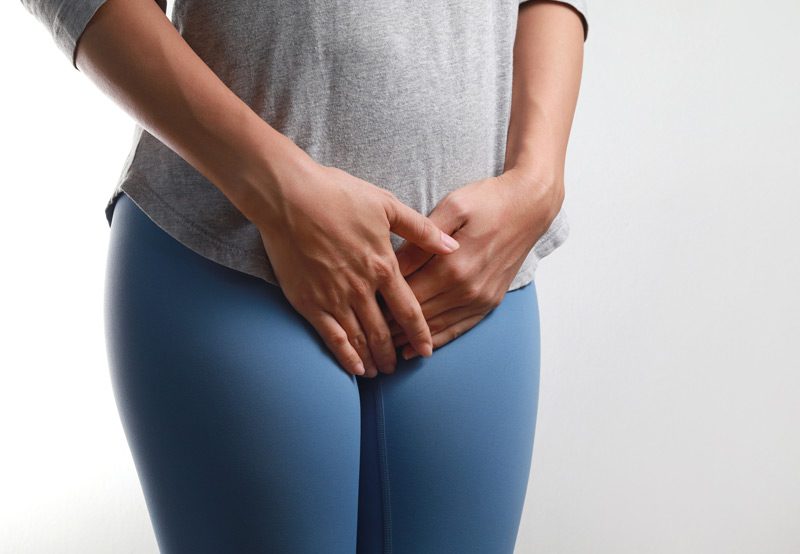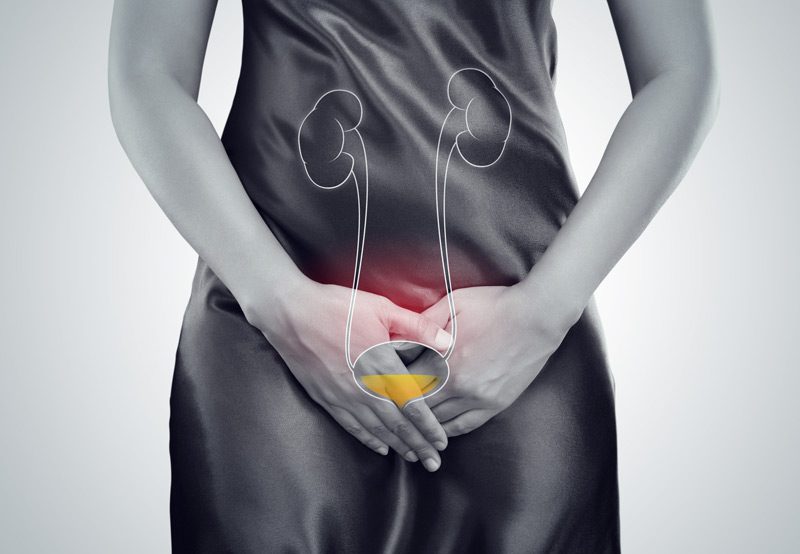

The mid-urethral sling (MUS) is a surgical procedure designed to treat urinary incontinence, a common and often distressing symptom during menopause. As females age and experience the hormonal changes associated with menopause, their pelvic floor muscles may weaken, leading to a loss of bladder control. This weakening is often exacerbated by vaginal atrophy and other symptoms of genitourinary syndrome of menopause (GSM), making urinary incontinence even more prevalent. The mid-urethral sling procedure offers an effective solution for women struggling with this issue, helping restore bladder control and improving overall quality of life.
How Mid-Urethral Sling Helps with Menopause-Related Conditions
- Urinary Incontinence: The most common reason for seeking a mid-urethral sling procedure is to treat urinary incontinence, particularly stress incontinence. Stress incontinence occurs when physical activities such as sneezing, coughing, laughing, or exercising put pressure on the bladder, causing leakage. During menopause, the reduction in estrogen levels leads to the weakening of pelvic floor muscles and the urethra, which contributes to this condition. The mid-urethral sling is a minimally invasive surgical procedure that involves placing a synthetic mesh sling under the urethra to provide support. This support helps prevent leakage by keeping the urethra in its proper position, making it easier for the body to control urine flow. This procedure has a high success rate in reducing or eliminating urinary leakage, improving bladder control, and restoring confidence in daily activities.
- Genitourinary Syndrome of Menopause (GSM): GSM is a condition that encompasses a range of symptoms related to the genital and urinary tract, including vaginal dryness, urinary urgency, frequent urination, and incontinence. The weakening of the pelvic floor muscles and tissues is one of the major contributors to urinary symptoms associated with GSM. The mid-urethral sling helps by providing additional support to the urethra, which may alleviate some of the urinary incontinence symptoms that occur due to GSM. This procedure can complement other treatments for GSM, such as vaginal estrogen therapy, to address the multiple aspects of this condition.

Next Steps
If you’re experiencing urinary incontinence due to the weakening of your pelvic floor muscles during menopause, the mid-urethral sling may be an effective treatment option. This procedure can help restore bladder control and significantly improve your quality of life by addressing the physical causes of incontinence. It’s important to consult with a healthcare provider who specializes in menopause care to discuss your symptoms, treatment options, and the potential benefits of the mid-urethral sling. Together, you can determine if this surgical solution is the right choice for you and explore additional therapies to manage other menopause-related conditions.
